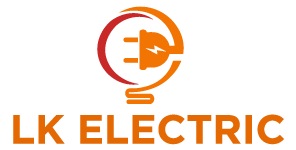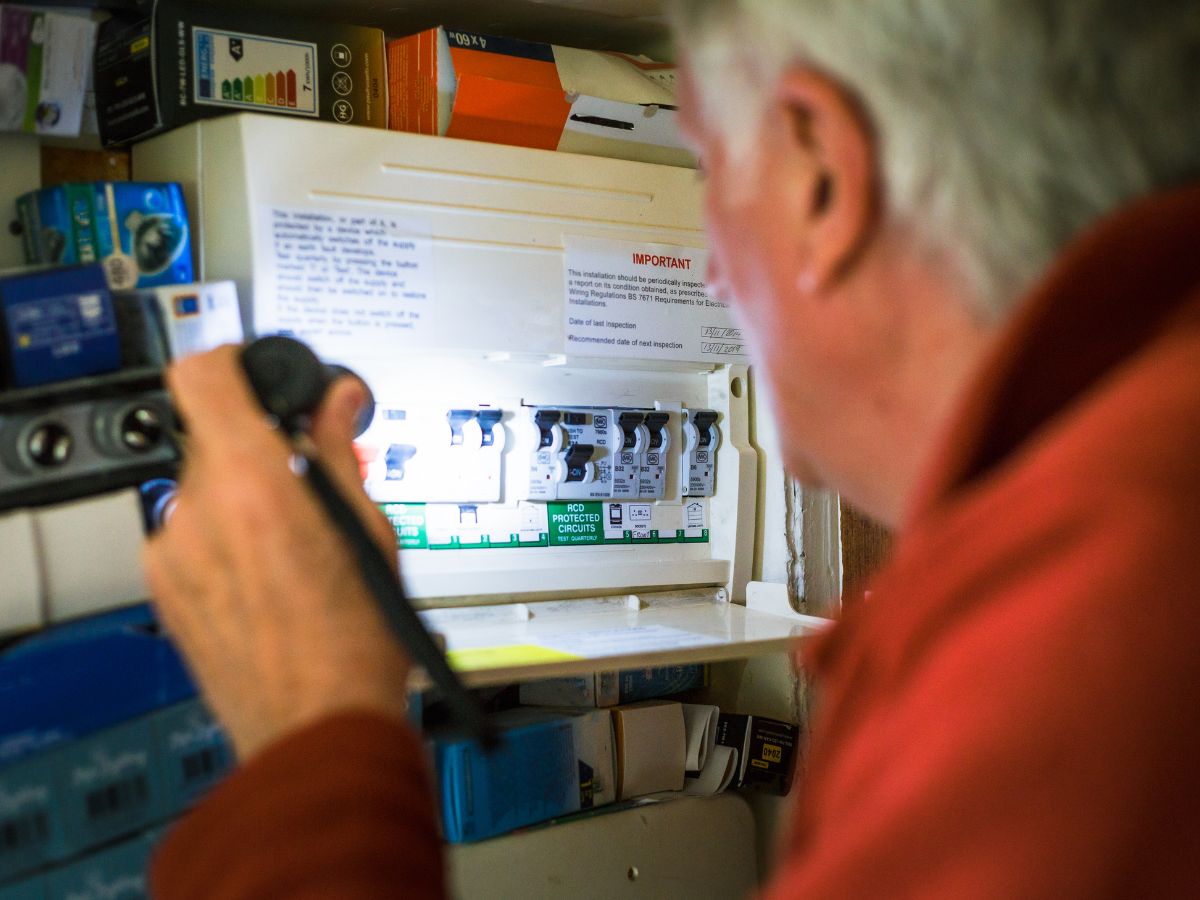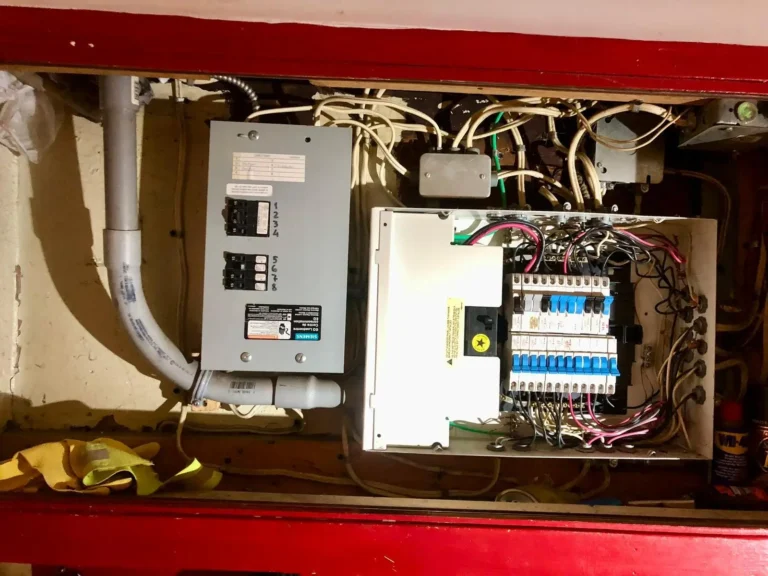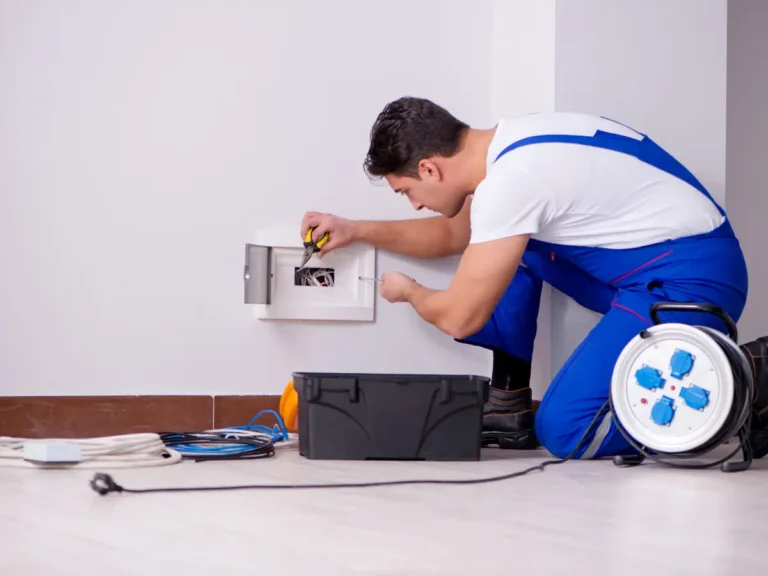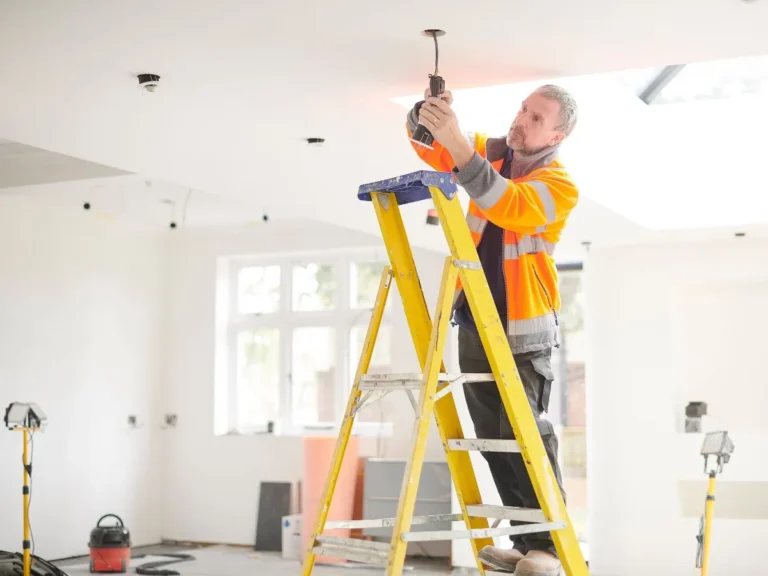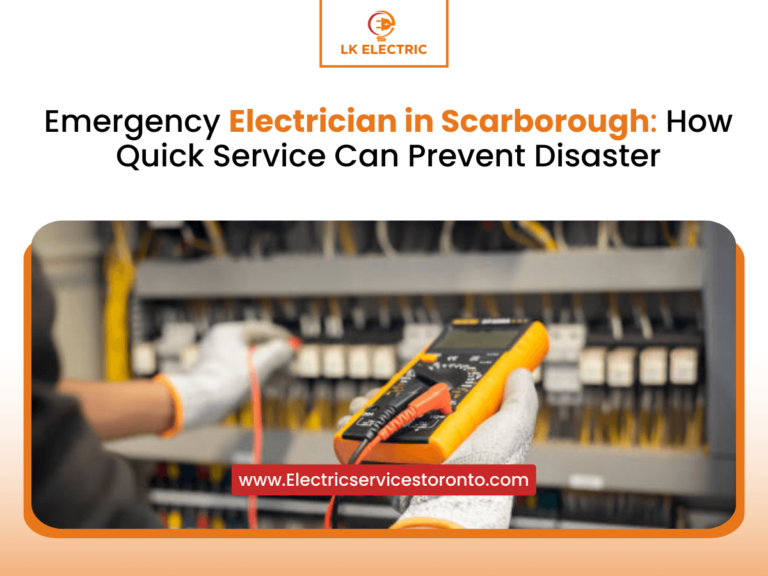Dealing With Partial Power Outage In Your House: Causes & Steps For Restoration
It can be extremely bothersome to have a portion of your home without power. You are suddenly left in the dark and without access to essential electrical systems in some locations.
This blog seeks to explain the factors that lead to partial power outage in homes and give you step-by-step instructions for regaining power. Understanding the potential causes, whether it be a tripped circuit breaker, overloaded circuits, or defective wiring, is essential to correcting the problem.
So let us explore the world of partial power outages and learn what causes them and how to fix them.
Causes of Partial Power Outage in House
The causes of partial power outages in homes can range from internal electrical problems to outside effects. Effective restoration depends on having a thorough understanding of the common reasons for these interruptions. Let us look at some of the main offenders:
- Circuit breakers that have been tripped are one of the most prevalent reasons for partial power outages. Electrical circuits are protected from overloading and short circuits by circuit breakers. The breaker trips when a circuit uses more power than is safe and turns off the power to that particular circuit. In these circumstances, power can be recovered by locating the tripped breaker and resetting it.
- Plugging in too many appliances or other devices can overload a circuit and result in a portion of the power going out. Overloading a circuit causes it to heat up, which could set off a circuit breaker or even cause electrical fires. Avoid utilizing power strips or extension cords as permanent solutions and evenly balance the electrical load between circuits to prevent overloading.
- Partial power outages can be caused by faulty or damaged wiring. Damaged, frayed, or loose wires can stop the flow of electricity, cutting off power to particular areas or circuits. To stop any damage and make sure that the electrical system is safe, it is essential to find and fix any wiring issues as soon as possible.
- Events outside of your control may potentially cause partial power outages. The electrical supply to your home may be interrupted by powerful storms, lightning strikes, or problems with the power grid. In such circumstances, power restoration might necessitate the support of the neighborhood utility company or an electrician skilled in managing external power disturbances.
Effective restoration depends on determining what caused the partial power outage in the first place. If any breakers have tripped, start by inspecting the circuit breaker panel. If the problem continues, look for overloading or damaged wiring in the affected circuits. For expert advice if you are unable to identify the cause or suspect outside influences, speak with a certified electrician.
Keep in mind that playing around with electrical parts without the right understanding or experience might be dangerous. Prioritize your safety, and when necessary, get expert assistance. A skilled electrician can precisely identify the problem, carry out the required fixes, and guarantee the electricity is restored in a secure and effective manner.
You may address the situation quickly and restore electricity to the affected regions of your home by being aware of the typical causes of partial power outages and taking the necessary action. For a stable and secure electrical system, be on the lookout and do not be afraid to ask for help from experts when necessary.
Steps for Restoring Power Outage
It might be aggravating to experience a partial power outage, but there are measures you can take to restore electricity and fix the problem. When your home experiences a partial power loss, adhere to the steps below:
Check the circuit breakers
Check the circuit breaker panel first. Find any tripped breakers by looking for switches that are in the center or that have shifted from the “ON” position. If you come across a tripped breaker, turn it completely off before turning it back on to reset it.
Reset Tripped Breakers
After locating the tripped breaker, forcefully flip it back to the “ON” position to reset it. If the breaker tripped right away after being reset, it can be a sign of something more serious. Avoid continuously resetting the breaker in such circumstances and seek the advice of a qualified electrician instead.
Examine the GFCI Outlets
Outlets with Ground Fault Circuit Interrupters (GFCIs) are frequently found in damp environments like restrooms and kitchens. A GFCI outlet may have tripped; check it. There are “Test” and “Reset” buttons on these outlets. To give the affected outlets power again, press the “Reset” button. If the GFCI trips frequently, there may be a wiring problem that needs to be fixed by a professional.
Troubleshoot Individual Outlets
Examine individual outlets for any problems if power has still not been restored. Remove any electrical plugs from the impacted outlet and look for any burn marks, loose wires, or other evidence of damage. If you discover any, get in touch with a qualified electrician rather than attempting to fix it yourself.
For Complex or Long-Lasting Outages, Call an Electrician
It is necessary to call a licensed electrician if you have tried the aforementioned methods and the power has still not been restored. Complex or recurring outages could be a sign of deeper electrical issues that need to be securely diagnosed and repaired.
When dealing with electrical problems, safety must come first. Here are a few more safety recommendations to bear in mind:
- Never use moist hands to interact with electrical components.
- If you are not skilled or experienced in working with electricity, do not try to repair or diagnose electrical problems.
- As temporary lighting options, stay away from candles and open flames because they are fire hazards.
- When there is a power outage, unplug delicate equipment or appliances to safeguard them from power spikes when the power is restored.
A professional electrician may be needed to restore power to your home, especially in the case of complicated or ongoing outages. They are equipped with the skills necessary to identify and resolve electrical problems in a secure and effective manner.
You can restore power to your home by following these instructions and calling a professional when necessary. You can also make sure that your electrical system is safe and operating properly. Keep an eye out, put safety first, and do not be afraid to ask for help from experts.
Taking Preventive Action to Reduce Partial Power Outages in Houses
It is crucial to put preventive measures into place in order to reduce the likelihood of partial power outages and maintain a dependable electrical system. Here are some suggestions to help you prevent power outages:
- Avoid Overloading Circuits: One of the main causes of partial power outages is overloading circuits. Distribute the electrical load among circuits fairly to avoid this. Be aware of the wattage ratings of your appliances and electrical equipment, and refrain from connecting too many high-power items to a single circuit. Avoid using extension cords for extended periods of time and think about using power strips with built-in overload protection.
- Practice Electrical Safety: Electrical safety must be practiced if power outages are to be avoided and your family’s security is to be guaranteed. Check electrical equipment, cords, and plugs frequently for any signs of wear and tear. Replace any worn-out or frayed cords right away. Avoid using electrical gadgets with moist hands and keep them away from water sources. Teach your family about electrical safety precautions to avoid mishaps and future power outages.
- Plan Regular Electrical Inspections: Maintaining a properly operating electrical system requires regular electrical inspections by a skilled electrician. Potential problems, such as damaged wiring, out-of-date parts, or overloaded circuits, can be found by an electrician. Additionally, they can conduct preventive maintenance and solve any issues before they become serious ones. To protect the security and effectiveness of your electrical system, schedule quarterly electrical inspections.
The possibility of having partial power outages can be greatly decreased by adhering to these precautions. A well operating electrical system can be kept up by avoiding overloading circuits, following electrical safety rules, and scheduling routine inspections. Remember, spending money on precautions now will spare you from the annoyance and potential risks of power outages in the future.
Conclusion
In conclusion, experiencing a partial power outage at home can be unpleasant, but by comprehending the causes and taking the right procedures to restore electricity, you can reduce annoyance and guarantee the security of your electrical system. We have talked about the typical reasons for partial power outages, how to fix the problem, and how crucial it is to act quickly.
It is essential to keep in mind that when addressing electrical issues, safety should always come first. It is recommended to seek the assistance of a qualified electrician if you experience complicated or ongoing outages. They are qualified and experienced to identify and deal with underlying electrical problems in a secure and effective manner.
During partial outages, you can reduce disturbances to your everyday life and protect your electrical system by quickly resolving and restoring power. To keep an electrical system in good working order, keep in mind to prevent overloading circuits, follow electrical safety precautions, and plan routine inspections.
Follow the instructions in this blog and refer back to them if you ever experience a partial power outage in your home. Do not be afraid to contact a qualified electrician if necessary. By doing this, you can restore electricity and make sure that your home’s electrical system is secure and reliable.
